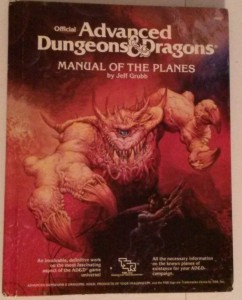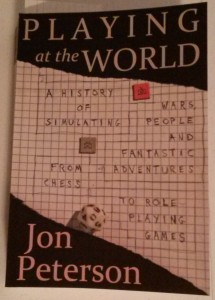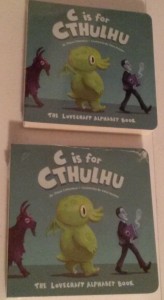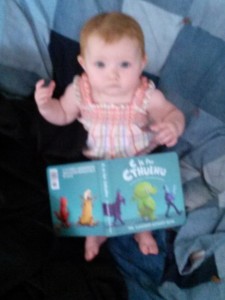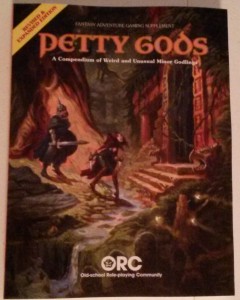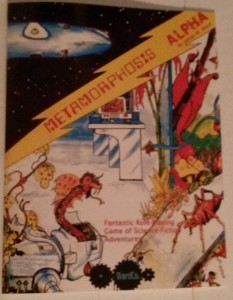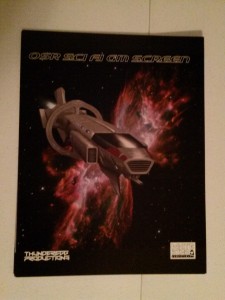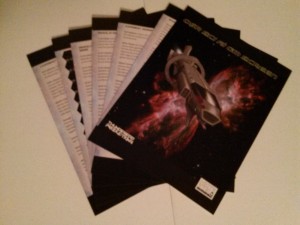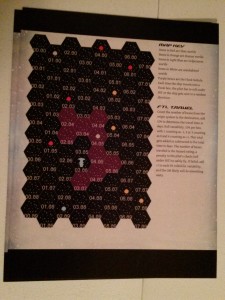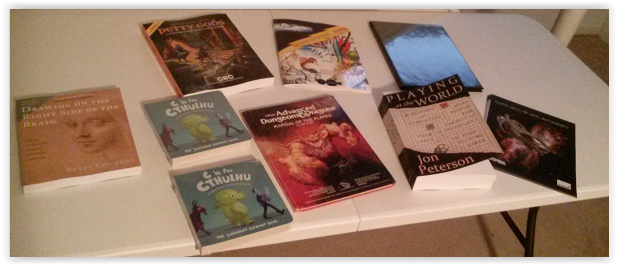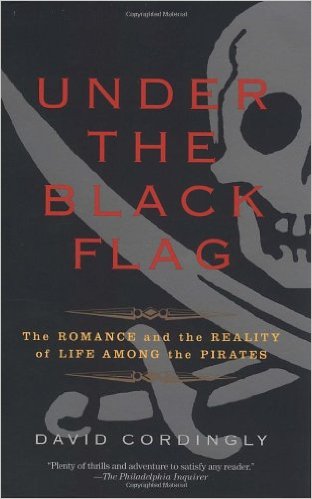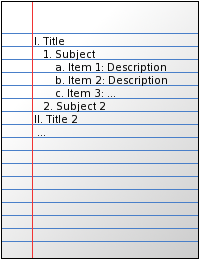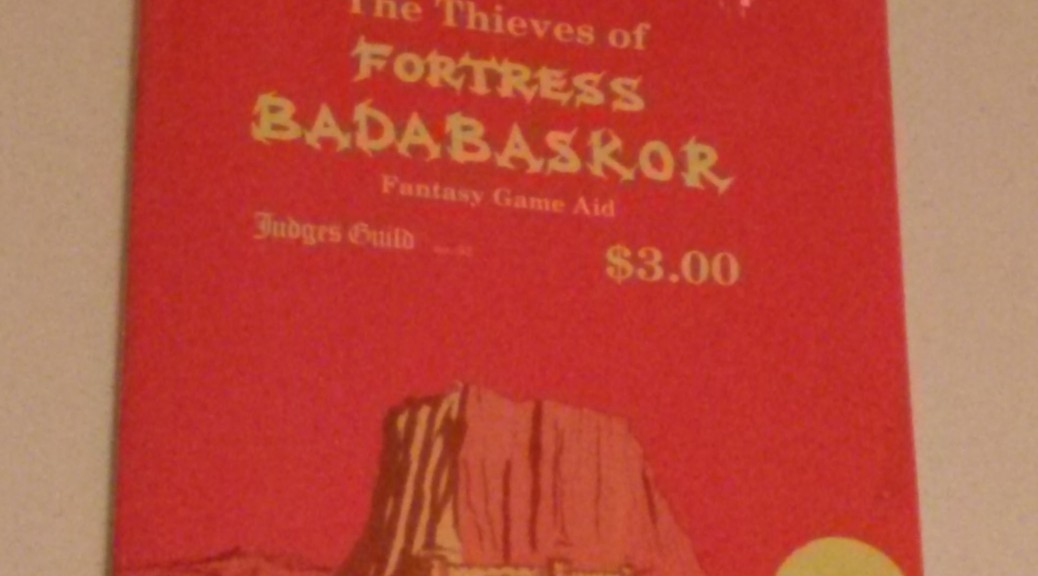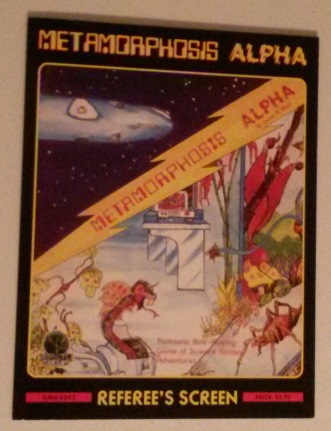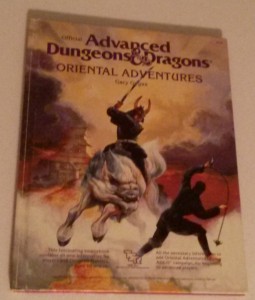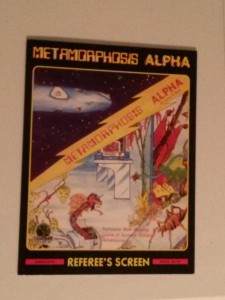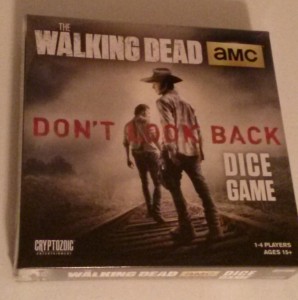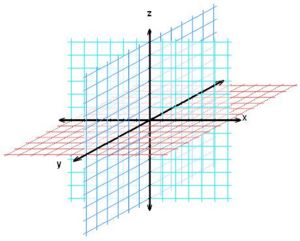I had a post like this in the past – Checklist For Gearing Up For An Online Campaign, but I wrote this without reviewing it. I also had a post on Campaign Design, with lots of links to great online resources. For some reason the variation below really hit home with me.
If you are planning your first campaign or planning a new campaign, what do you need to do to be ready for players?
I have a World Building Cheat Sheet on Cheatography that ties in to this topic.
First, you decide what genre, Fantasy, Science Fiction, Horror, Western, etc. The decision of a genre may be determined by the rules you already have, or a new game you bought but haven’t had a chance to play. Or you may be gung ho and want to design a new game to go with your campaign.
Before we get too far into this, what do we mean by campaign? For me, a campaign is on open ended series of adventures in the same setting. Basically, this is sandbox style of play. I played in a campaign that is over 30 years old and still going, ran by my brother, Robert. I can play in it whenever I want (Well, that and when his work schedule and my being back home in Missouri coincide….).
For others, a campaign is a series of connected adventures that has an end, either a set number of adventures, or a goal/culmination, that all the players and the DM are working towards. This does not mean that multiple campaigns can’t be in the same world. Why design a world/setting for adventure and not use it? For some, like back in the old days, their setting is running through a bunch of modules, with custom modifications. The One Page Dungeon Contest provides plenty of these.
Scope – Just how big do you plan this campaign to be? Even if you start out with a handful of six mile hexes, just how big is your setting? Will it be limited to a sub-continental or continental scale, a planet, a solar system, a galaxy, parallel universes, different planes of existence? While it may start small in a village or small town with a dungeon, if it takes off, how big is the limit? If you and your players only want to do dungeons, for example working through all the dungeons from the One Page Dungeon Contests, you have your scope. However, if you all want grand and epic adventures across time, space, and multiple dimensions, you have your scope. You don’t have to plan any of that now, just make a note, and as ideas strike you, put them in your notebook.
Background – How much is needed? Do you write sweeping histories and legends? If so, do you share with your players, or allow them to uncover them through play? Or do you have just the barest of notes to set the tone. Or do you get input from players to help set the tone?
Powers/Dieties – If you have Dieties in a fantasy setting, or perhaps in other genres, do you design them whole cloth, or use existing mythos? For example, in AD&D there is Dieties & Demigods or Grewhawk Advenures with dieties all stated out and ready to go. Some GM’s don’t care and just let each player choose what they want for a diety. Or are there super powerful beings that fill the role of dieties, like Q from TNG, or all the major aliens from the Star Gate series?
Races – In a fantasy setting, for example, do you allow all the races that players can be? Do you limit the choices for your vision of your campaign. Do you not care and allow any type of creature to be a PC?
Classes – Do you allow all the classes in the core rules? Do you limit the availability of some classes? Do you allow players to create their own classes? Will you allow multiclass combinations different from the rules? Will you have race as class?
Level Limits? – If you plan a game with level limits, do you plan to enforce it or revise it, or have no limits?
Alignment – If your rules have an alignment system, do you use it as is, or modify it to suit your preferences or the flavor of the campaign?
House Rules – What other changes to the standard rules do you have? Do you ignore certain rules? Do you have your own custom rules or mix and match ideas from multiple other games and blogs?
How much do you need to start? – I am assuming a sandbox style of preparation. For D&D, for example, a town, a dungeon or two, some rumors, shops, an inn, a bunch of names for NPC’s that come up, and some monsters, with a few random encounter tables. Keep it simple and keep it small. If you have a hook for people to run off halfway across a continent, then you will need to vastly expand your sandbox before play starts. Keep the focus on the starting area and minimize your efforts. There are tons of helpful ideas for all of this online, with all kinds of random tables to help you build a sandbox, create tables for various purposes, generate random names, etc. Work your setting, don’t make it work you. (This is a big finger pointed at me. I all too easily can get lost in the minutiae.)
Narrow your focus and only make as much material as you need to run the first few sessions. Be open to the players going in unexpected directions, and if they “go off the map”, roll with it. Take notes after the session, and prepare for next time.
Rely on the abundance available. There are tons of free modules and dungeons and other resources online. As mentioned above, the One Page Dungeon Contest has ready made adventures for multiple genres.
Maps or no maps for players? – There are tons of maps online. Do you only need them for you, or will you make them available to players? For example, maps of dungeons, cities, towns, etc? Of will it be theater of the mind and players can make their own maps.
Battlemats/Miniatures? – Will you use battlemats and miniatures for everything, or at all? I tend to use a simple map to show the lay of the land and relative position. Miniatures mostly for marching order and relative position. Often figures can be different dice or marks on a page, or other trinkets.
Player Handouts? – Will all of your preparation and design require a player handout with house rules, campaign setting information, or other things a player in your campaign needs to know? If so, this alone can take as much time as all your other preparation. Be smart, copy and paste and avoid typing something that already exists electronically. Keep a well backed up copy of this document and edit as needed during the course of the campaign.
Keeping it Organized – Plan for success. Don’t wimp out and assume no one will like your game. The first session may not go so well, especially with a group of people new to each other and perhaps new players. The first session will help set the tone and will help you launch into following sessions.
Keep a campaign calendar. If you have determined random events put it on the calendar and track on it the things players do. Include the actual session number and play date and what amount of time on your game calendar were covered.
Take notes during play. Note things you need to remember, have a section for To Do, research, preparation for next time, major events to remember and work into the game, etc. They only need enough detail so that you understand what they mean later.
Get the players involved. Especially for an online game, invite players to write up each session and given them XP, or other in-game rewards for their efforts.
If you have an existing campaign, and your plans to organize it did not go well, learn from what did not go well when planning and organizing a new campaign. Perhaps you can also take time to better organize your existing campaign.
Online tools – Whether you play online via Roll20 or other VTT, you can still use online tools to keep it organized. As long as all players have access to the internet, they can use a Google community to organize play reports and communicate between games, and the GM can message all players in one spot and simplify changes to the game schedule.
If you do play online, use a tool that all players can use and keep everyone involved. This is a bit more challenging remotely, as more quite players can sink into the background if they don’t get their queue to chime into the matter at hand. Whether in person or online, make sure that each player gets their moment. Some very loud and obnoxious players can crowd out the rest of the players.
Organizing as you go will simplify things down the road. Have a filing system that works for you, so you can find anything you need in seconds. Keep a list of NPC’s at hand so you always have the stats you generated for them and avoid generating new stats. If you do this, as I have done a few times, use the new stats for a new NPC. Make sure that everything you do is something you can use.
If hosting in your home, make sure that you have an understanding on pens/pencils, dice, paper, rule books, snacks, etc. Unless you are a relatively new GM, you may not have extra dice to share. I fall into the camp of, no one uses the DM’s DM dice! But I have many other sets that I share. If the GM hosts, will the players bring snacks, etc? Is alcohol permitted? If you are a particular person when it comes to your stuff and your home, figure out how to explain your rules of use, so that it doesn’t turn people away.
I only mention this from my experience way back with one friend who would always lean back in chairs, and he ruined several of my parents chairs without much of an apology or offer to replace them. This usually is not a problem with adults, but some adults can still be careless with other’s stuff. You also didn’t dare give this guy a pencil, as he would chew it up, and leave slivers all over. Bic ink pens also suffered, the caps most of all.
Also be realistic, if you live in a tiny apartment, can you really host sessions with ten players? Is there a local place you can go to play? this goes back to how portable is your campaign? Can you play it anywhere? If you only have one toilet, how long will breaks have to be so that everyone gets a turn?
Get feedback from the players before, during, and after each session to see if they are into it and enjoying themselves. If a session goes very well, you won’t have to ask, they will either say it outright, or give obvious clues that it hit the spot.
Use the players suppositions and fears. – Players can’t help to speculate about what they will encounter. If you get them into it, you can really use themselves against themselves. Use this to tweak the current session, or collect notes on all their wild speculations and build an adventure built off of them. When you use player’s ramblings in play, they buy into it all the more, because now they are invested and see that you are willing to play along.
Build and revise as needed. – As you go through the process of building your campaign/world/setting, you will think of something not listed here. Add it to the list. As players begin interacting with your creation, it will have to adapt, be willing to let it change as it happens. If you have a “really great idea” in the planning stages, but it doesn’t seem to fit once play begins, that’s ok. Either save it for a different setting, revise it so that it fits, or wait until the campaign develops so that it makes sense to use that idea.
What did I miss? I left out links to all the articles on how to build a sandbox
THE OUTLINE
- Genre/Rules (Game) – This is not necessarily the same thing.
- The rules should be one that you know well enough to run without too much delay for “getting things right”.
- I am more and more of the mind that “getting things right” does not mean stopping the game for an extended period of time to figure out some forgotten, obscure point, or edge case in the rules. Make a decision/ruling, note it, live with it, and move on.
- Can you pack up the game and take it anywhere, or must the players come to your place because of how much material is involved?
- How crunchy/detailed/complicated do you want your rules to be? If you like realism, choose a system that goes for realism. If you want rules that allow fast and simple play so you have more time to enjoy the cooperative play and storytelling of RPG’s, find the system that works for you.
- Type of campaign (open ended ongoing or limited duration)
- Sandbox vs. something else.
- Scope
- Background
- Powers/Dieties
- Races
- Classes
- Alignment
- House Rules
- How much do you need to start?
- Maps or no maps for players?
- Battlemats/Miniatures?
- Player Handouts?
- Keeping it Organized
- Campaign Calendar
- Notes during the session.
- Player Involvement
- Online Tools
- Hosting in your home?
- Feedback
- Use the players suppositions and fears.
- Build and revise as needed. –
